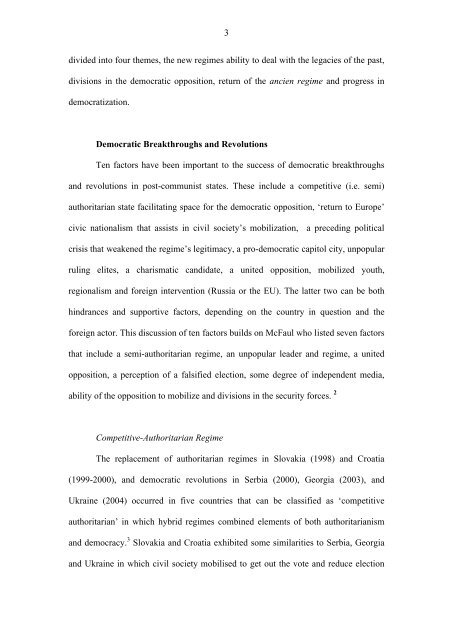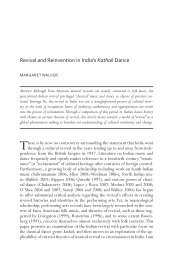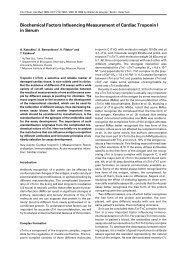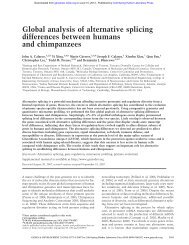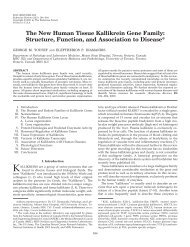Democratic Breakthroughs and Revolutions in Five Post-Communist ...
Democratic Breakthroughs and Revolutions in Five Post-Communist ...
Democratic Breakthroughs and Revolutions in Five Post-Communist ...
Create successful ePaper yourself
Turn your PDF publications into a flip-book with our unique Google optimized e-Paper software.
3divided <strong>in</strong>to four themes, the new regimes ability to deal with the legacies of the past,divisions <strong>in</strong> the democratic opposition, return of the ancien regime <strong>and</strong> progress <strong>in</strong>democratization.<strong>Democratic</strong> <strong>Breakthroughs</strong> <strong>and</strong> <strong>Revolutions</strong>Ten factors have been important to the success of democratic breakthroughs<strong>and</strong> revolutions <strong>in</strong> post-communist states. These <strong>in</strong>clude a competitive (i.e. semi)authoritarian state facilitat<strong>in</strong>g space for the democratic opposition, ‘return to Europe’civic nationalism that assists <strong>in</strong> civil society’s mobilization, a preced<strong>in</strong>g politicalcrisis that weakened the regime’s legitimacy, a pro-democratic capitol city, unpopularrul<strong>in</strong>g elites, a charismatic c<strong>and</strong>idate, a united opposition, mobilized youth,regionalism <strong>and</strong> foreign <strong>in</strong>tervention (Russia or the EU). The latter two can be bothh<strong>in</strong>drances <strong>and</strong> supportive factors, depend<strong>in</strong>g on the country <strong>in</strong> question <strong>and</strong> theforeign actor. This discussion of ten factors builds on McFaul who listed seven factorsthat <strong>in</strong>clude a semi-authoritarian regime, an unpopular leader <strong>and</strong> regime, a unitedopposition, a perception of a falsified election, some degree of <strong>in</strong>dependent media,ability of the opposition to mobilize <strong>and</strong> divisions <strong>in</strong> the security forces. 2Competitive-Authoritarian RegimeThe replacement of authoritarian regimes <strong>in</strong> Slovakia (1998) <strong>and</strong> Croatia(1999-2000), <strong>and</strong> democratic revolutions <strong>in</strong> Serbia (2000), Georgia (2003), <strong>and</strong>Ukra<strong>in</strong>e (2004) occurred <strong>in</strong> five countries that can be classified as ‘competitiveauthoritarian’ <strong>in</strong> which hybrid regimes comb<strong>in</strong>ed elements of both authoritarianism<strong>and</strong> democracy. 3 Slovakia <strong>and</strong> Croatia exhibited some similarities to Serbia, Georgia<strong>and</strong> Ukra<strong>in</strong>e <strong>in</strong> which civil society mobilised to get out the vote <strong>and</strong> reduce election


